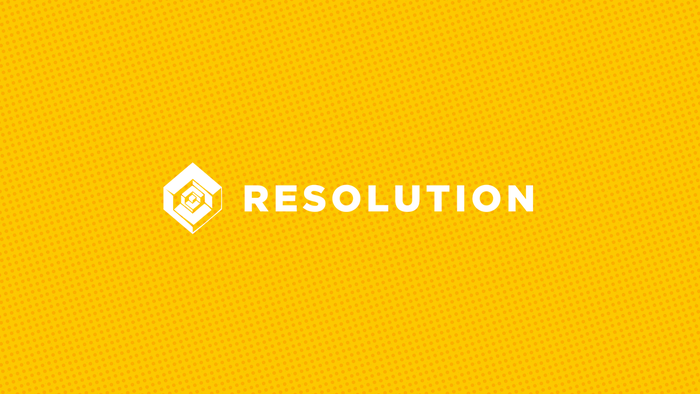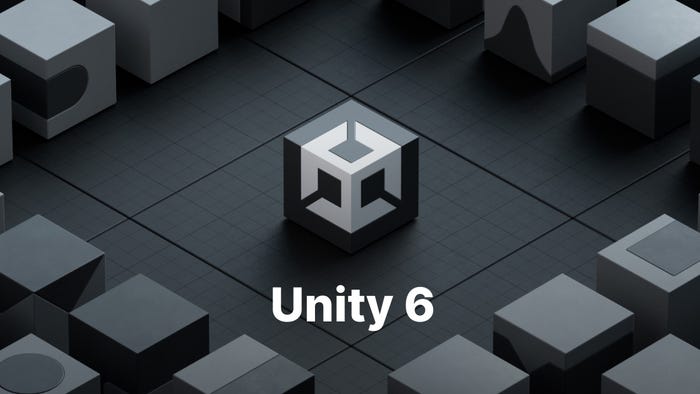
Featured Blog | This community-written post highlights the best of what the game industry has to offer. Read more like it on the Game Developer Blogs.
"Troll Pooling" Game Players with Negative Social Values
Using analytics to understand how you should deal with trolls, defined as "Game Players with Negative Social Values."

The social impact from customer to customer is usually a beautiful thing, but well, not all human beings behave beautifully. In any social network there are going to be those who--how do I put this delicately--are assholes, as immortalized in this classic Penny Arcade gem. There is little doubt that these people are out there and that they cause harm. If you’ve ever made the mistake of connecting to XBox Live voice chat with random teammates in a shooter title, I’m sure you know what I’m talking about. It’s some 12 year old kid (or someone behaving like one) screaming obscenities, telling you you suck, etc., etc.
The Internet parlance for this sort of person is of course “troll.” Some of these players are awful and don’t realize it, while others take direct glee from the way they harm and annoy others. What does science have to say about this? Like just about anything, it can be measured, and in this case the process also suggests a solution.
When measuring the Social Value of players, it’s important to know that this number isn’t always positive. By definition, a real troll is someone who’s social negatives outweigh their social positives. Some indirect measures of this are correlations between their sessions and others’ churn, high complaints, etc. I think far too often developers assume that they are the price one must pay to have a public game, but there are some science-based ways to deal with them.
Most of our approach is built on the logic of contagion (we’re far more prepared for the zombie apocalypse than you are, truly), and in that tradition we know that things spread through networks. It may be a virus, or a behavior, a meme, an idea, or even a mood. Well, a troll is a bad mood incarnate, and letting a troll interact with happy players is an infection in the network, spreading a bad mood and converting happy players into unhappy ones. Unhappy players play less, spend less and often quit.
In dollar terms, we see many players who have negative Social Values. This means that interacting with them directly causes others to play and spend less. Not everyone who comes into contact with them experiences this, but to get a negative Social Value, you’d have to be a net negative on others. The % of players who fall into this category is roughly 5-10%, but it varies wildly by genre and by the culture of the game. You would probably not find the same %s of trolling in Club Penguin as you would in say, Halo 3. We hope.
Are these 5-10% “bad” players? No, and they may even be good customers. What matters is putting their negative Social Value up against their LTV. If they have a higher LTV than that negative, then they aren’t costing you money in the long run. And if their LTV is huge, they may actually still be very valuable customers. Let’s call them “Neutral Trolls.”
But of course there are some apples who are more bad than others. In rare cases—less than 2% in most games--these players literally cost the developers money because their negatives outweigh their LTVs. They lose the developer more money than they spend themselves. These are the very, very few players who you might want to flat out ban, or, you know, send to the cornfield. Let’s call them “Evil Trolls.”
Why not always ban the Evil Trolls? They still spend money. The logic again goes back to the network, and to the “ripple on the pond” metaphor. You don’t want players who are socially negative to pollute the pond, so what do you do? You put them in a separate pond. Depending on your game’s culture and mechanics, you might try experimenting with putting them together into a “Troll Pool.”
Let them pollute only each other and see what happens to their LTV. In some cases they’ll drop out altogether because they’ll be deprived of their main source of enjoyment (the suffering of others). You should be careful about whether you put both Neutral and Evil Trolls into these pools. Neutral Trolls after all are still valuable customers you don’t want to lose. They may be happy with each other, or they may dislike being with the pure haters, or they may actually miss the regular population. Remember that the Neutral Trolls are still a net positive to your bottom line.
You know your game best, so there’s no one-size-fits-all solution here. Analytics without context are an epic fail. Consider the variations: you may be concerned that having any trolling will create a culture that keeps new players away. Some players are likely to be less tolerant of trolls and could easily be lost with one bad experience, or even hear about it from their friends: “Dude, don’t bother playing Knights of Evil because the culture is so toxic it’s not worth it.” Or you may have a particular culture that celebrates trolling or is so laissez faire that player behavior tracking is besides the point (*cough* EVE Online *cough*).
Or, you might think about using this negative Social Value thinking to guide player behavior through some kind of feedback mechanism. Riot games has done some fantastic work enabling their players to play a role in reporting positive and negative behaviors and then even passing judgment. Sometimes a meaningful penalty can reform a troll. Other times they really need to go into their own special pool...
Read more about:
Featured BlogsAbout the Author(s)
You May Also Like







